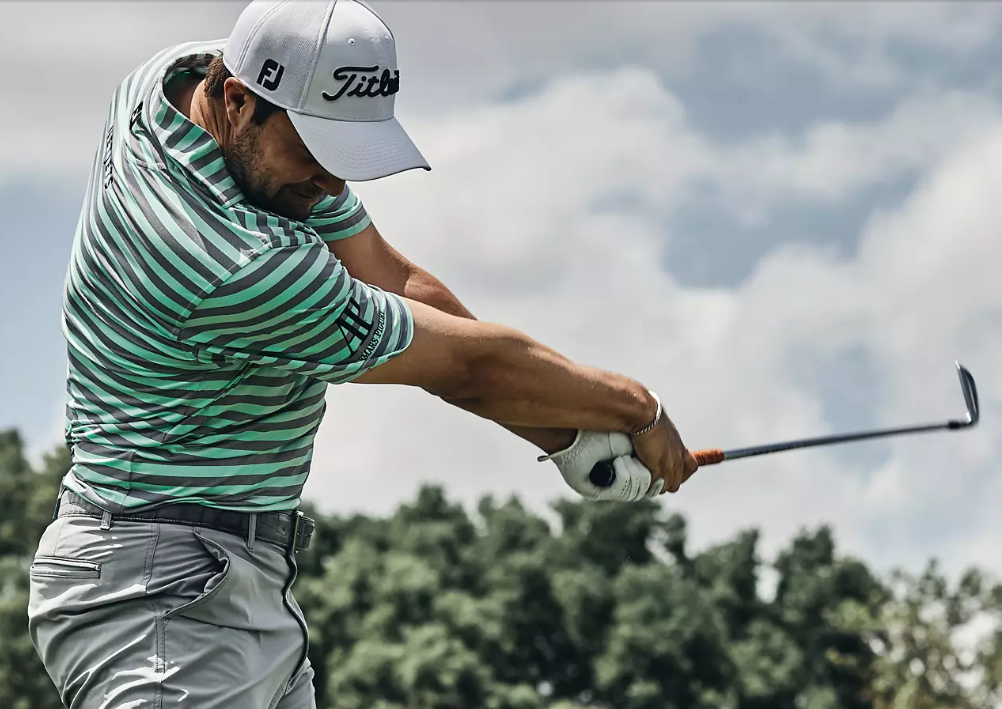Let’s learn about the material and characteristics of golf iron
For many people who enjoy golf, choosing an iron is a very important issue. This is because the performance and feeling of the iron vary greatly depending on the material of the iron,
Since the 2000s, various composites have been used, giving golfers more choice. In this article, we will have fun looking at the materials and features of iron.
1. Appearance of composite iron
After the 2000s, golf club manufacturers began to widely use composite products that are a mixture of two or more materials.
Typical examples include titanium inserts, mering inserts, tungsten inserts, and copper inserts.
This composite iron maximizes repulsion by welding or compressing stainless steel casting and hard titanium or meringue material, mainly on the face.
In addition, high-mass materials such as lead, tungsten, and copper were used to adjust the center of gravity to maximize the function.
2. Traditional Materials: Stainless and wrought iron
Although composite irons have emerged, due to their high price and functional limitations, many golfers still prefer traditional stainless steel cast irons and wrought iron irons.
Each of these two materials has its own strengths and weaknesses, which can also be an important factor for golfers to choose from.

3. Pros and cons of wrought iron forging iron
Wrought iron forging iron was widely used as a material for early braid type iron heads.
Mainly, wrought iron such as S18C, S20C, S25C, 8620 etc. are used, and as stainless casting develops, stainless steel such as 431, 403, 17-4ph, 15-5ph, etc. are also used a lot. It’s very professional, right?
The biggest advantage of wrought iron forging iron is that it can adjust the angle of lift and loft by more than 4°.
This allows the golfer to set the setting that suits him, but it can be deformed by severe shock, requiring periodic checks, so it is not recommended for beginners because it is difficult to adapt..
In addition, forged iron using 8620 wrought iron has excellent contact with the ball and head, so it is easy to control and has a lot of spin on the ball.
However, it may not be easy for beginners to use because it is difficult to implement performances with a free design.
Recently, the CNC method has made it possible to implement designs that can only be cast, such as deep cavities, undercuts, and oversize, but this is technically difficult and is being sold at a very high price.
4. Pros and Cons of Stainless Iron
Stainless steel is mainly manufactured by casting. The material of stainless steel is high in hardness and repulsion.
However, the percussion is hard and there is a risk of breaking the hoseel part of the head when adjusting the lift angle and loft angle by more than 2°.
Therefore, it must be adjusted by an expert, and there may be difficulties when you want an adjustment that suits you.

However, stainless steel iron is popular because of its free design and functional design that is advantageous for beginners, making it easy to mass-produce and low-cost.
In addition, due to the nature of stainless steel, it is the most widely used because it does not rust and does not require additional surface treatment.
5. Find Iron that suits you
A golfer should choose an iron based on the material and shape of the iron head. Sometimes, they miss an iron that suits them because it depends on other factors.
Therefore, please refer to this article and find an iron that best suits you.
As much as you know, you can see and improve your golf skills. Understanding the material and characteristics of a golf iron is to develop your golf skills.
I hope you understand the characteristics of each material well and enjoy a better golf experience by choosing an iron that suits you.

